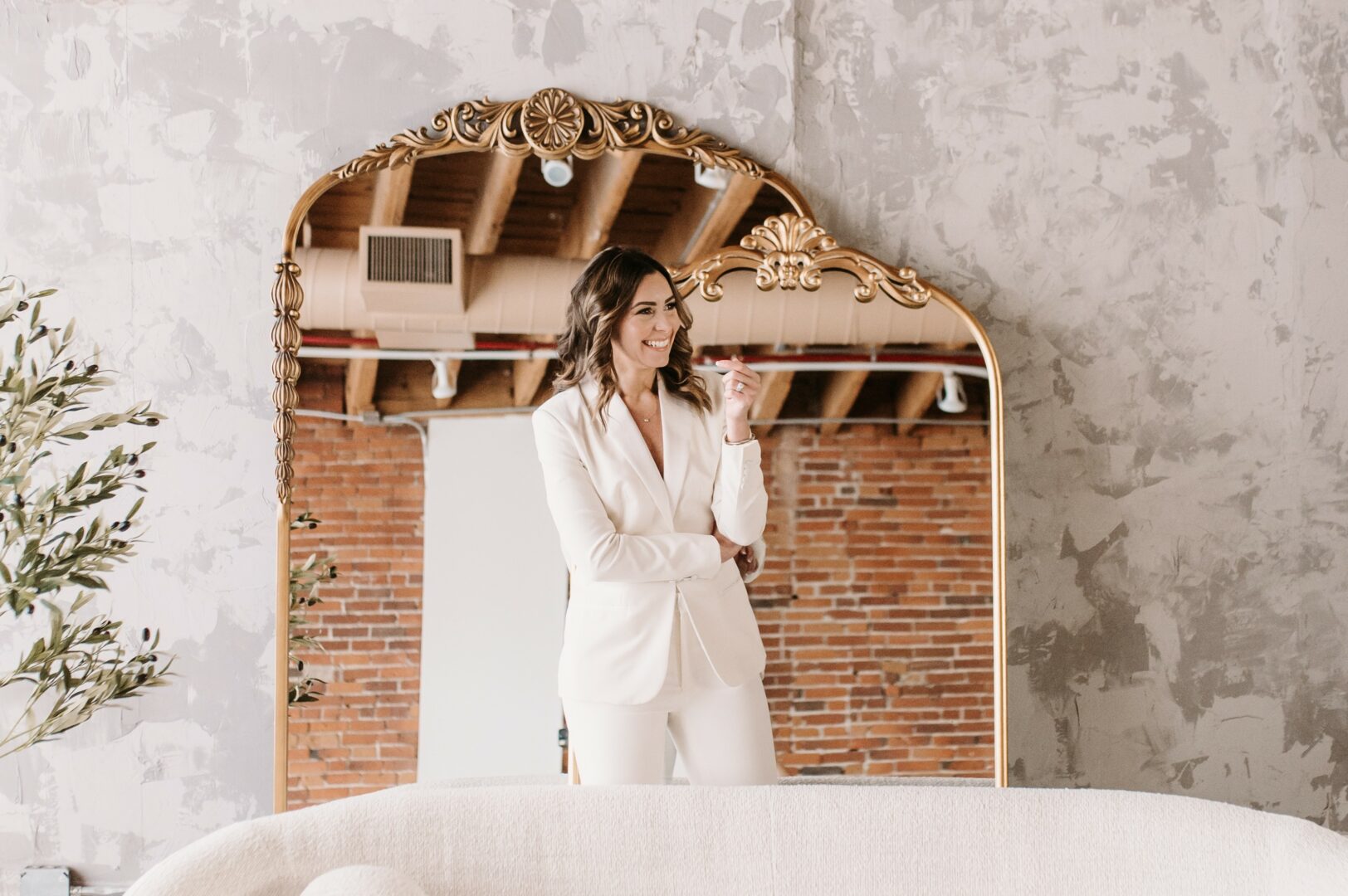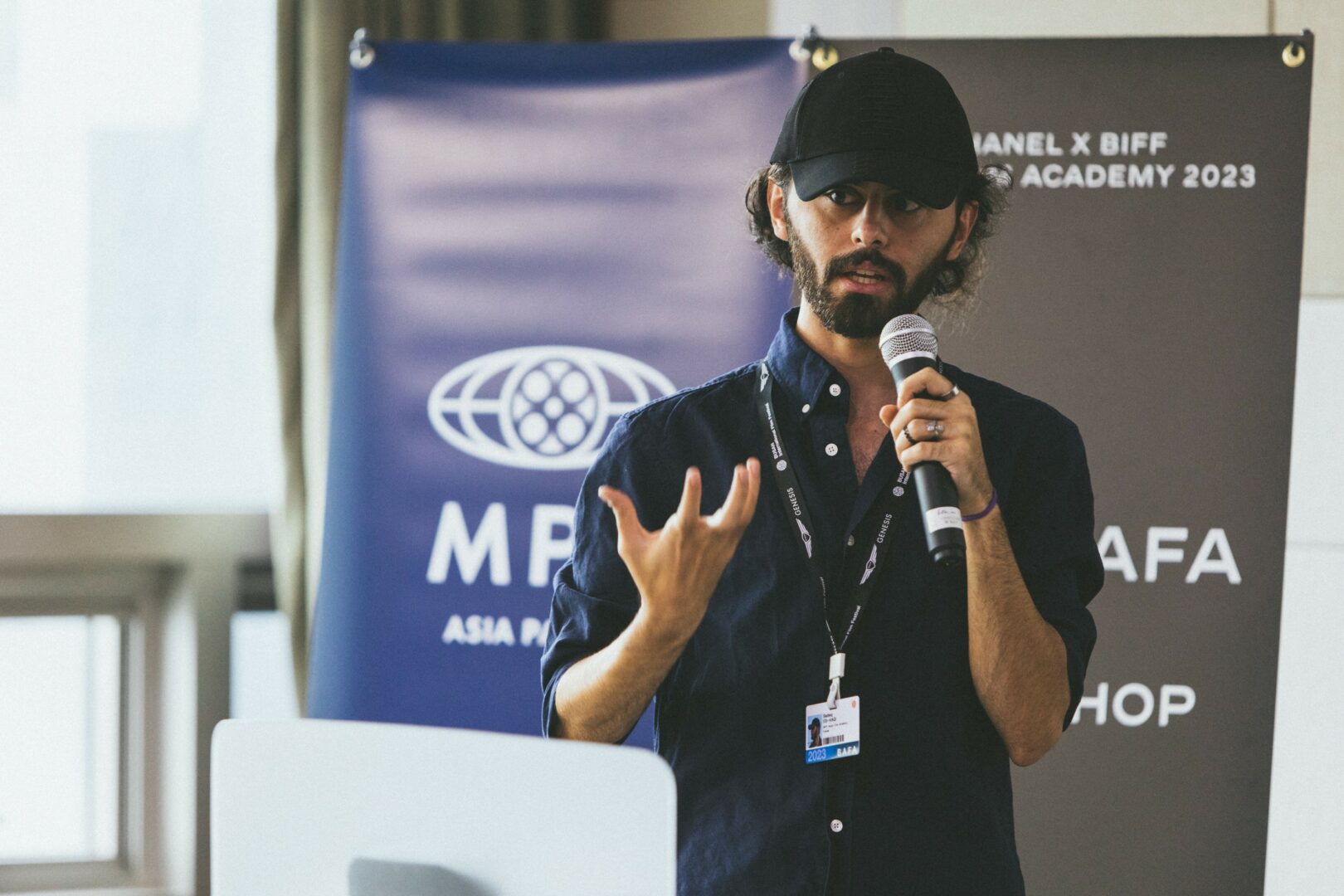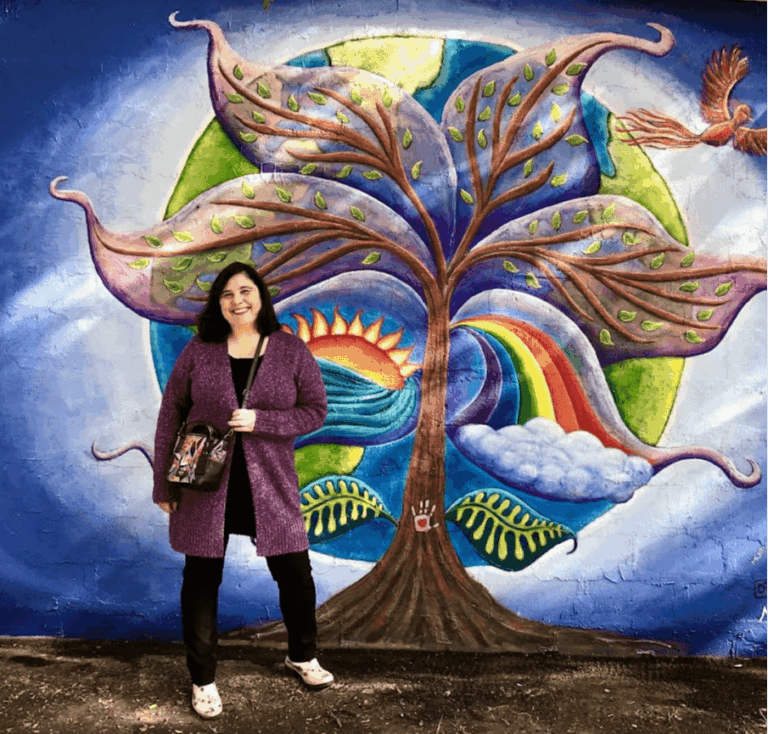We caught up with the brilliant and insightful Sejal Mittal a few weeks ago and have shared our conversation below.
Sejal, thanks so much for taking the time to share your insights and lessons with us today. We’re particularly interested in hearing about how you became such a resilient person. Where do you get your resilience from?
Resilience, for me, comes from several key sources. Firstly, my family has always been a strong pillar of support. Their unwavering belief in me gives me the strength to keep going, even at times I am struggling to have a clear vision or goal.
Secondly, I draw a lot of resilience from my personal experiences. Overcoming past challenges has taught me that I am capable of handling adversity. These experiences remind me that difficulties are temporary and that I can emerge stronger on the other side.
I’ve always been scared of failure, but I’ve come to realize that resilience comes from getting comfortable with the idea of failing. This doesn’t mean giving up or lacking ambition; in fact, resilience is rooted in ambition. I refuse to accept defeat because acknowledging failure is different from accepting it. It’s easy to feel defeated when you fail, but the key is to remember who you think you are and who you want to be. We often let external factors, which are beyond our control, dictate how capable or accomplished we feel, but true resilience comes from within.
Navigating failure means trying new things and ideas until you succeed. Successful people aren’t those who had one idea and got lucky; they are the ones who failed but didn’t give up. They learn from their failures, understand why they failed, and try again and again until they succeed. I’m continuously inspired by the people around me.
A true product designer embraces failure as an essential part of the process. Failing forward is crucial for identifying issues and challenges, allowing for continuous improvement of the product. Resilience is about perseverance, pushing forward despite setbacks, and holding on to your ambitions and goals. So while I do still struggle to have a positive mindset always, I’m grateful for all the support I get, and if I still fail, I’m working on failing forward.

Thanks for sharing that. So, before we get any further into our conversation, can you tell our readers a bit about yourself and what you’re working on?
I am an Industrial and User Experience Designer, passionate about combining technology and design to create impactful solutions, particularly in the health and wellness space. Originally from Jaipur, India, I’ve lived in eight different cities across three countries over the past six years. These diverse experiences have enriched my understanding of people and their needs, which is central to my design philosophy. I love learning, collaborating, and diving deep into problem spaces to brainstorm innovative solutions that drive positive change and empower people.
Currently, I serve as a Technical Mentor for MIT’s Assistive Technology course and as the Communications Officer for Women in Design, New York. These roles allow me to foster creativity and be a part of a community that values human-centric, inclusive, and equity-focused solutions. Recently, I worked as a founding product designer for an AI social networking startup, and now as a freelance designer, I engage in projects that inspire me, such as designing a product that enables people with hearing disabilities to experience and create music.
What excites me most about my work is the ability to create solutions that are not just functional but also engaging and empowering. I believe design is about crafting experiences that resonate deeply with people and make a meaningful impact and I’m excited to be in this space.

There is so much advice out there about all the different skills and qualities folks need to develop in order to succeed in today’s highly competitive environment and often it can feel overwhelming. So, if we had to break it down to just the three that matter most, which three skills or qualities would you focus on?
Being in early stages of my career myself, few qualities that I live by and help me are, perpetual desire to learn, being active in the design community and being open to feedback and experimenting. Design is a field where innovation happens continuously, so staying curious and keeping up with new developments is essential. It’s about being open to new ideas and approaches that can spark creativity and lead to innovative solutions.
Another valuable aspect has been active involvement in the design community. Engaging with others in the field not only helps to stay grounded in current practices but also provides opportunities to learn from different perspectives and collaborate on projects. Being part of this community has been instrumental in my growth as a designer.

Alright, so before we go we want to ask you to take a moment to reflect and share what you think you would do if you somehow knew you only had a decade of life left?
One challenge I’m currently navigating is impostor syndrome. Despite embracing the motto of “fake it till you make it,” I find it difficult at times to fully believe in my place in the field, even with accomplishments and hard work, there are moments where I struggle. Hearing other designers I admire openly discuss their own experiences with impostor syndrome has been unexpectedly reassuring and grounding for me. It underscores the importance of vulnerability in our community, fostering connections and a sense of belonging.
Contact Info:
- Website: https://www.sejalmittaldesign.com/
- Linkedin: https://www.linkedin.com/in/sejal-mittal08/




so if you or someone you know deserves recognition please let us know here.




